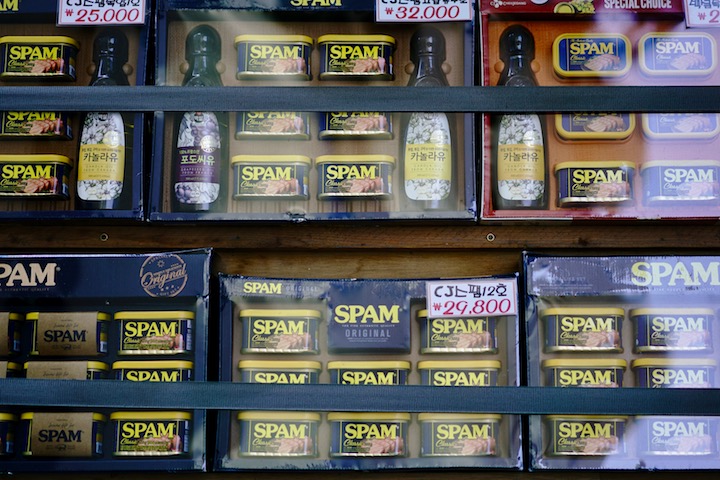Half a century ago, most South Koreans would never have imagined that in the 21st century, canned meat from the U.S. — not exactly seen as a culinary delicacy in its motherland — would be the most popular gift for Chuseok, the Korean holiday marking the harvest season. Back in the 1950s and 60s, holiday gifts were usually limited to crops, chicken, sugar and whatever else they could get their hands on.


